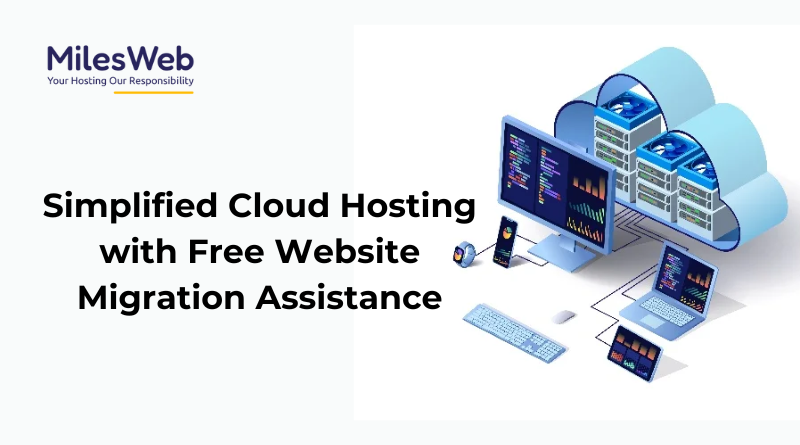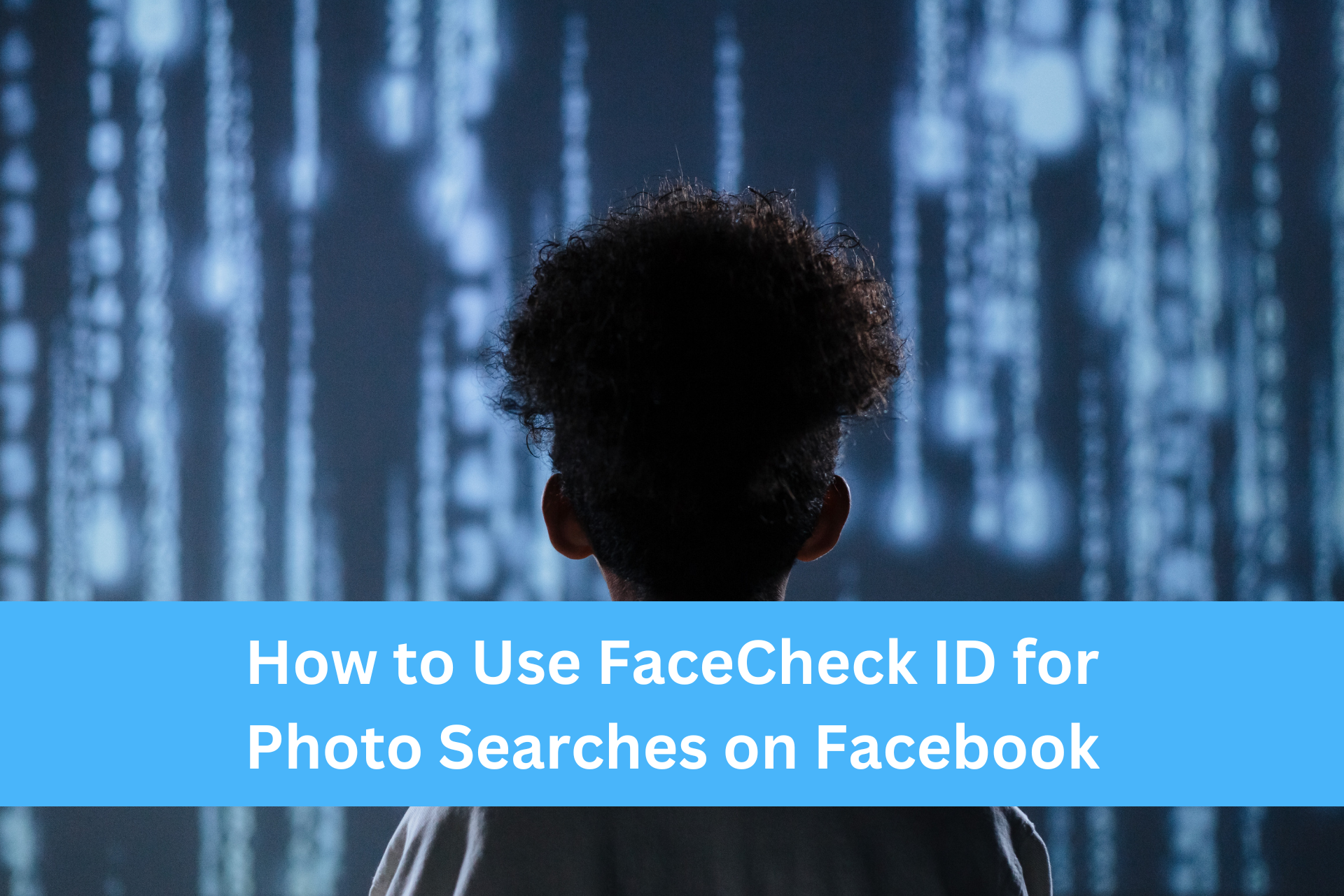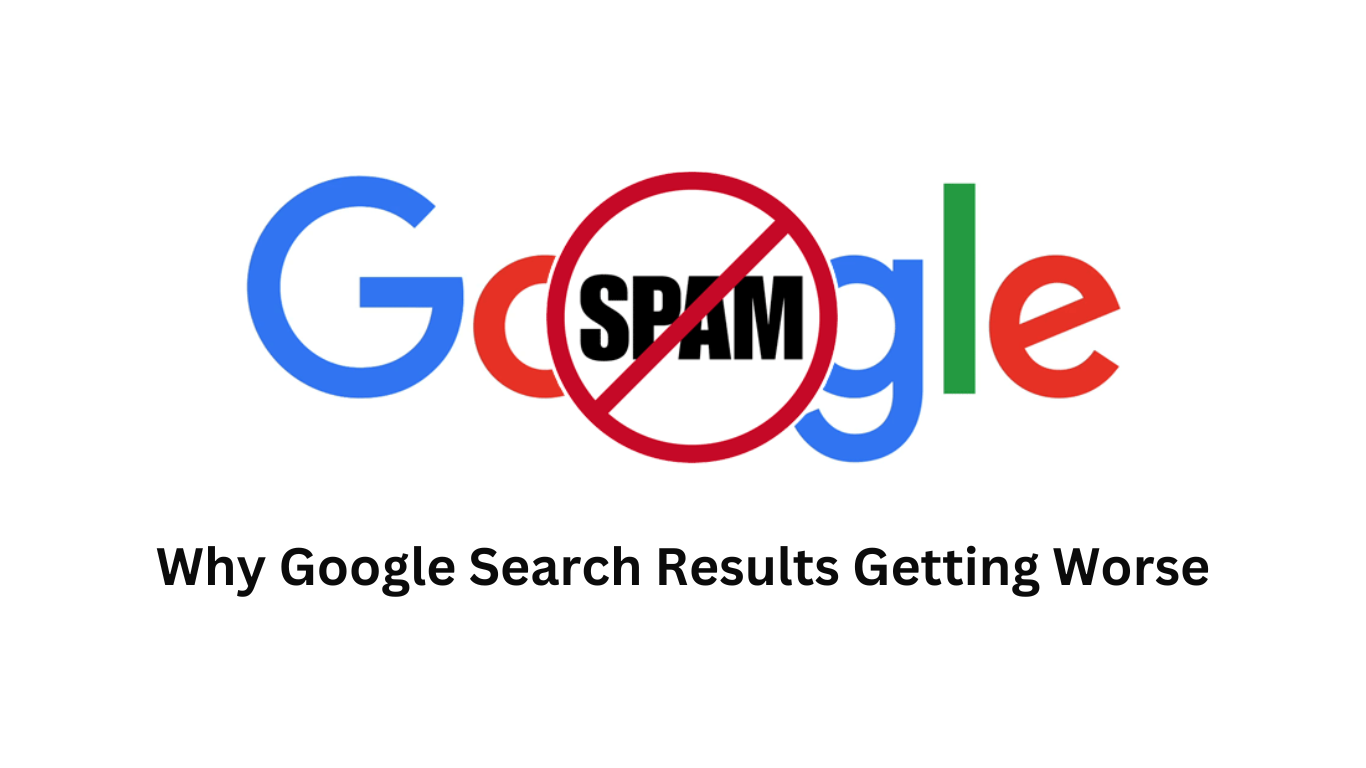In today’s digital age, where attention spans are short and competition for user engagement is high, content optimization is essential for businesses to captivate and convert audiences. By leveraging AI, organizations can fine-tune their content to resonate with their target demographics on a deeper level. This article explores the multifaceted approach of AI-driven content optimization, delving into various techniques and strategies that lead to higher engagement and conversion rates.
Understanding Content Optimization
Content optimization involves refining digital content to increase visibility, relevance, and appeal to the intended audience. The main aim of content optimization is to improve organic search rankings, increase user engagement, and drive conversions. By tailoring content to meet user needs, brands can easily establish themselves as valuable resources and build lasting relationships.
To know the significance of engaging and converting audiences and the role of SEO in content optimization, simply stay connected to the below point:
Significance of Engaging and Converting Audiences
Engaging content establishes an emotional connection with users that helps in holding their attention and fostering trust. Content that is both engaging and conversion-focused guides users through the customer journey; from awareness to consideration and, finally, action.
When executed effectively, content optimization not only attracts users but also guides them toward meaningful interactions with the brand. This includes:
- Signing up for newsletters
- Making purchases
- Sharing content with their networks.
SEO and its role in content optimization
Search Engine Optimization (SEO) is a cornerstone of content optimization. By optimizing content for relevant keywords, structuring it for easy navigation, and ensuring fast-loading web pages, brands can easily and organically improve their SERPs.
You can implement different effective SEO strategies to make it more likely for users to find and engage with the content they are seeking.
Furthermore, in this article, we are going to discuss:
- Different elements of engaging content
- How to use AI in Content Creation
- Data-Driven Content Strategy
- Measuring and Analyzing the Content Performance
Discussing these points will help you learn the detailed path of content optimization and how it helps in converting audiences. So without wasting any time, let’s start the discussion.
Elements of Engaging Content
Some key elements of engaging content that help in the content optimization process involve:
1. Crafting compelling headlines and introductions
The headline and introduction are crucial in creating a good first impression for content. A well-crafted headline captures attention, while a captivating introduction sets the tone for the rest of the content. For instance, an article on sustainable fashion might use a headline like “Revolutionizing Fashion: The Road to Ethical and Stylish Choices,” immediately piquing readers’ interest.
2. Incorporating relevant and valuable information
Content that provides solutions, answers questions, or offers valuable insights resonates with readers. By addressing pain points or offering practical advice, such content becomes a go-to resource. A blog post detailing “10 Productivity Hacks for Remote Workers” not only engages the target audience but also positions the brand as an authority in remote work solutions as well.
3. Visual content and its impact on engagement
Visual elements, such as images, infographics, and videos, play a key role in content engagement. Humans are visual beings and incorporating visuals breaks up the text which ultimately makes the content more appealing. Consider a travel company’s website featuring a video montage of exotic destinations, instantly evoking wanderlust and encouraging users to explore further.
4. Storytelling techniques for emotional connection
Narratives have the power to evoke emotions and forge connections. By weaving stories into their content, brands can create relatable scenarios that resonate with the target audience. For example, a brand selling fitness equipment might share user success stories to inspire readers to envision their own transformation journeys with the help of the brand’s products.
How to leverage AI in the Content Creation Process?
AI plays a key role in content creation. Now. we’ll explore the three best approaches in this regard: AI content creation, personalized insights, and AI-powered A/B testing. Here’s how these strategies will help in the content creation and optimization process:
Leveraging AI in Content Creation
Generating Initial Content:
You can use AI language models like ChatGPT by Openai.com to generate initial drafts of content. This can include articles, blog posts, social media captions, and more. AI can help in quickly producing content based on provided prompts. Here’s what generating an initial draft with ChatGPT looks like:
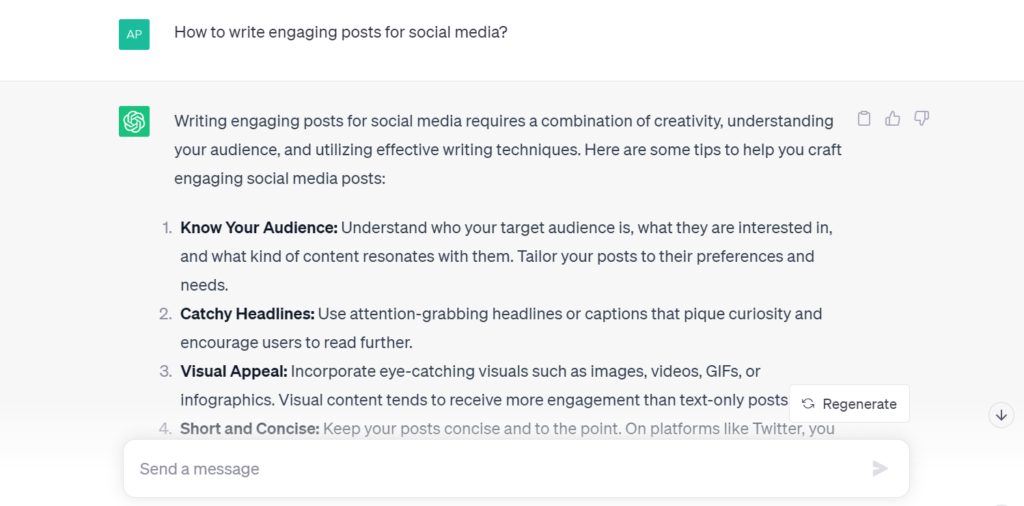
Content Optimization:
Once you have the initial content, AI paraphrasing tools like Paraphrasing.io can help you optimize and enhance it. This online tool uses AI to rephrase sentences, restructure paragraphs, and improve overall readability while maintaining the original meaning. Here’s what optimizing content with Rephrase looks like:
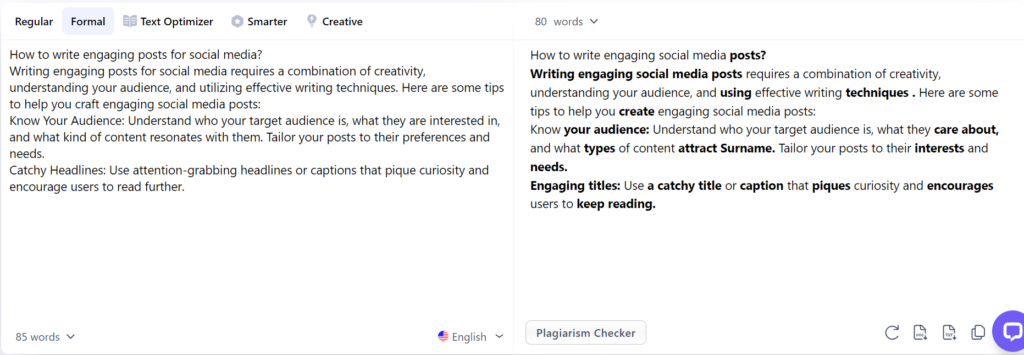
Personalization through AI-driven Insights
Audience Analysis:
AI tools like Exact Buyer can analyze user behavior, preferences, and interactions to understand your audience better. This data can be used to create more personalized and targeted content that resonates with specific segments of your audience.
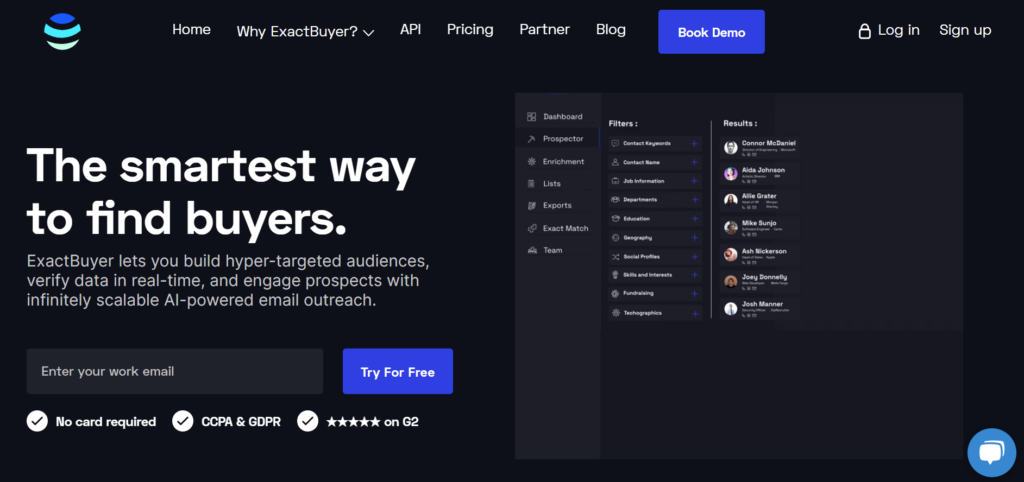
Content Recommendations:
AI can provide insights into the type of content that performs well among different audience segments. This can help you tailor your content strategy to meet the interests and needs of your audience.
Dynamic Content:
Using AI, you can create dynamic content that changes based on the user’s behavior or preferences. This can lead to higher engagement and conversions by delivering content that’s most relevant at any given moment.
A/B Testing with Artificial Intelligence
A/B testing (a.k.a. split testing) is a method used to compare two different versions of a web page, advertisement, email, or other content to determine which one performs better in terms of user engagement, conversions, or other desired outcomes. It involves presenting two variations (A and B) to different segments of your audience and analyzing their responses to determine which version yields better results.
A/B testing with AI takes this concept a step further by incorporating artificial intelligence algorithms to enhance the testing process. AI tools such as VWO can generate insights, predictions, and recommendations based on the collected data, helping to identify patterns, trends, and optimal variations more efficiently and accurately.
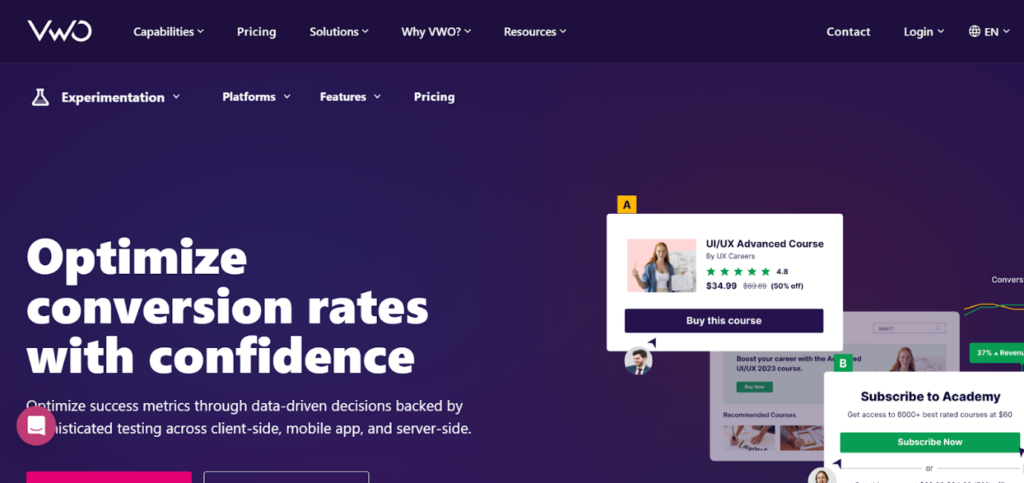
Here’s how A/B testing with AI works:
Content Variation:
AI can assist in generating multiple variations of your content. This is useful for A/B testing different headlines, introductions, call-to-action phrases, and more to identify which version resonates best with your audience.
Performance Prediction:
AI algorithms can analyze historical data and predict the potential performance of different content variations. This can help you prioritize which variations to test and give you insights into their likely outcomes.
Iterative Refinement:
With AI’s quick analysis, you can iterate and refine your content based on A/B testing results. Over time, this process helps you create content that consistently performs better, increasing your overall content effectiveness.
Remember that while AI can provide valuable support in these processes, human creativity, and judgment are still crucial. AI is a tool that can assist in generating ideas, optimizing content, and analyzing data, but the final decisions should be made by humans who understand the brand’s voice, audience, and overall goals.
How Data-Driven Content Strategy Help in Engaging & Converting Audiences?
Data-driven content strategy involves optimizing content using data analytics, tailoring content based on audience insights, and predicting trends using analytics. It uses data to refine content, adapts to audience preferences, and forecasts future content trends for better engagement and relevance. To know more about it works, you must know:
Importance of data analytics in content optimization
Data analytics provides actionable insights into content performance. Metrics like click-through rates, bounce rates, and time-on-page offer valuable feedback on user engagement. Brands can leverage these insights to iterate on their content strategy, focusing on what works and fine-tuning what doesn’t.
Utilizing audience insights to tailor content
AI-powered analytics tools delve deeper into audience behavior, revealing preferences and patterns. Armed with this information, brands can create content that speaks directly to their audience’s interests and pain points. For instance, an email marketing campaign targeting early adopters might include content on emerging tech trends.
Predictive analytics for content trends and preferences
Predictive analytics harness historical data to forecast future trends. Brands can use this technology to:
- Anticipate content preferences
- Adapt their strategies accordingly
If predictive analytics suggests a surge in interest in sustainable living, a brand could proactively develop content exploring eco-friendly lifestyles.
Content Distribution and AI
AI optimizes content scheduling for peak engagement, aligns with social media algorithms to boost visibility, and employs chatbots for personalized customer interactions, enhancing content reach, relevance, and user experience. For a detailed understanding, you must know:
· AI-Driven Content Scheduling for Optimal Engagement
AI algorithms analyze user behavior to identify peak engagement times. Brands can use this insight to schedule content publication when their audience is most active. A fitness app might schedule workout tips for mornings and healthy recipes for evenings, aligning with user routines.
· Social Media Algorithms and Content Visibility
AI-driven social media algorithms dictate what content users see. Brands need to optimize their content to align with these algorithms, increasing visibility. By analyzing trends, likes, and shares, AI can guide brands in creating content that resonates with their social media audience.
· AI-Powered Chatbots and Customer Interaction
AI-powered chatbots enhance the user experience by providing instant responses and assistance. These chatbots can offer:
- Product recommendations
- Answer FAQs
- Facilitate transactions.
How to Measure and Analyze Content Performance to Engage and Convert Audience?
Most content strategies aim to engage and convert audiences. Achieving this requires understanding content performance. Analyzing your content can help you fine-tune your strategy and better resonate with your target audience. Here are steps to guide you in this regard:
1. Defining Key Performance Indicators (KPIs)
KPIs serve as benchmarks that indicate whether your content strategy is on track to achieve its objectives. They help clarify what success looks like for your content campaigns.
- Goal Alignment: Begin by revisiting your content goals. Whether it’s brand awareness, lead generation, or sales conversion, your KPIs should directly align with these objectives.
- Select Relevant KPIs: Depending on your goals, your KPIs might include:
- Engagement Metrics: Page views, time spent on the page, and bounce rate.
- Conversion Metrics: Lead generation, sales, and subscription sign-ups.
- Retention Metrics: Return visitors, newsletter open rates, and customer lifetime value.
- Social Metrics: Shares, likes, comments, and follower growth.
- Consistency is Key: Ensure that you’re consistently measuring the same KPIs over time to track progress and identify trends.
2. AI-powered Analytics Platforms for In-depth Insights
Traditional analytics give surface-level insights. AI-powered platforms delve deeper, providing granular details and predictive insights.
- Audience Segmentation: AI can segment audiences based on behaviors, preferences, and past interactions. This can help you tailor content to specific audience segments.
- Predictive Analysis: Platforms like HubSpot use AI to predict which content pieces are most likely to resonate with your audience, aiding in content planning.
- Sentiment Analysis: Understand not just how many people are talking about your content, but also the sentiment behind the conversations. Tools like Brandwatch can gauge the emotional tone of audience interactions.
- Content Recommendations: AI can suggest topics, formats, and distribution channels likely to perform best, based on historical data.
3. Iterative Content Improvement Based on Data Analysis
After collecting data, it’s essential to iteratively refine your content strategy. You need to start with a periodic content audit to identify and modify content that isn’t meeting performance standards. To do this, you can use A/B testing tools to determine precisely what resonates most with your audience. Once done with this, complement this quantitative data by establishing a feedback loop to gather direct audience insights, providing a qualitative dimension to your analysis. In addition, as content trends and audience preferences are ever-evolving, always ensure your strategy remains flexible and updated to maintain optimal engagement and conversion.
Conclusion
AI content optimization stands as the gateway to engage and convert audiences in the digital realm. By employing AI tools, businesses can easily tailor content to resonate deeply, leading to heightened engagement and successful conversions. Engaging content builds trust and guides users through the customer journey. SEO and AI work together to enhance content discoverability.
As previously discussed, AI assists in content creation, personalization, and A/B testing, ensuring content speaks directly to individual preferences. AI’s data-driven insights enable iterative refinement, ensuring ongoing effectiveness. Through AI-driven scheduling and personalized interactions, content maximizes reach and relevance. In summary, the combination of creativity and data in AI content optimization results in increased engagement and conversions in the ever-changing digital world.

The Search Engine Cage team is on a mission to educate entrepreneurs. We make things easier for the small business owner, by writing articles that help them to understand SEO and Digital Marketing.




